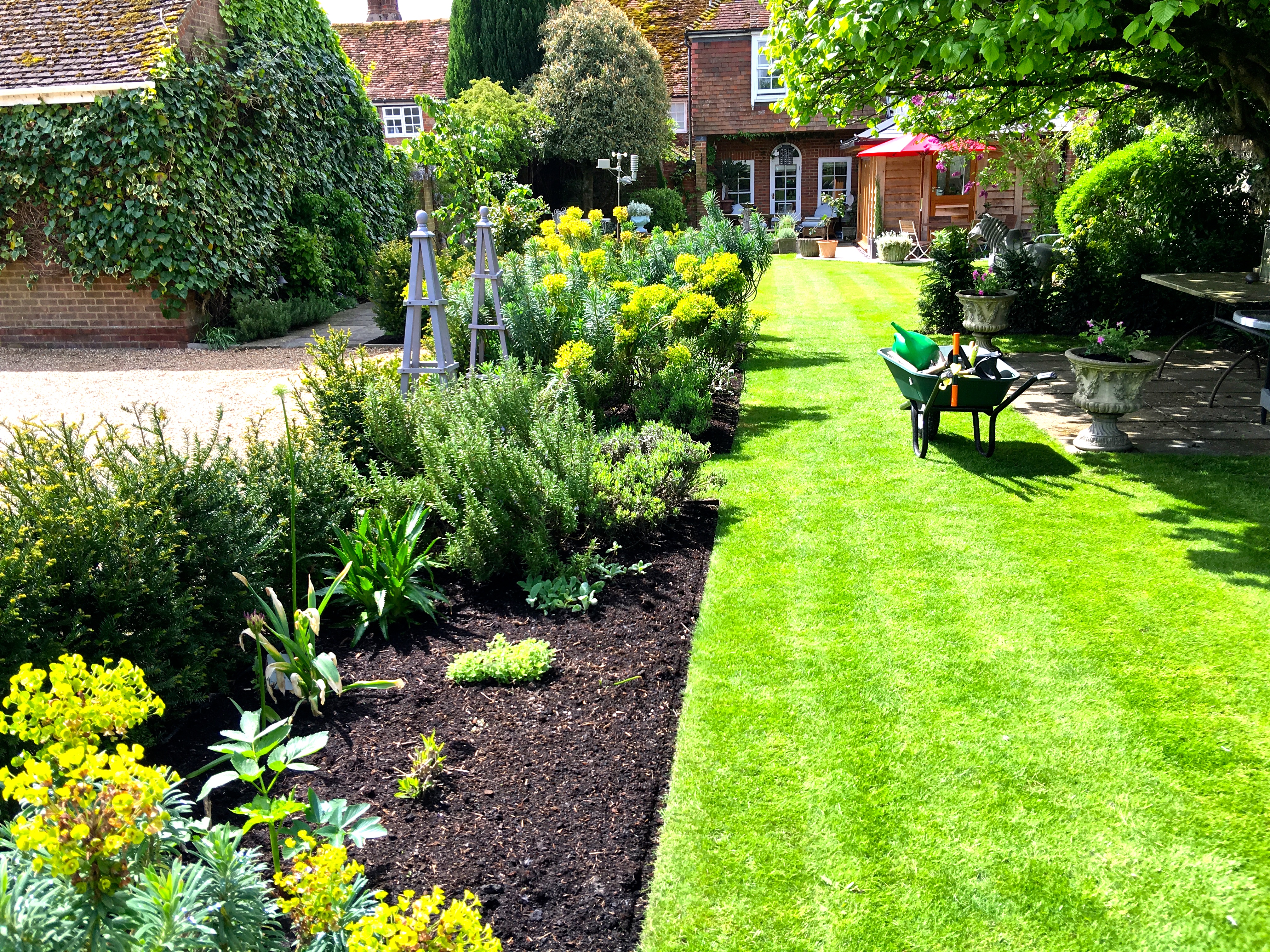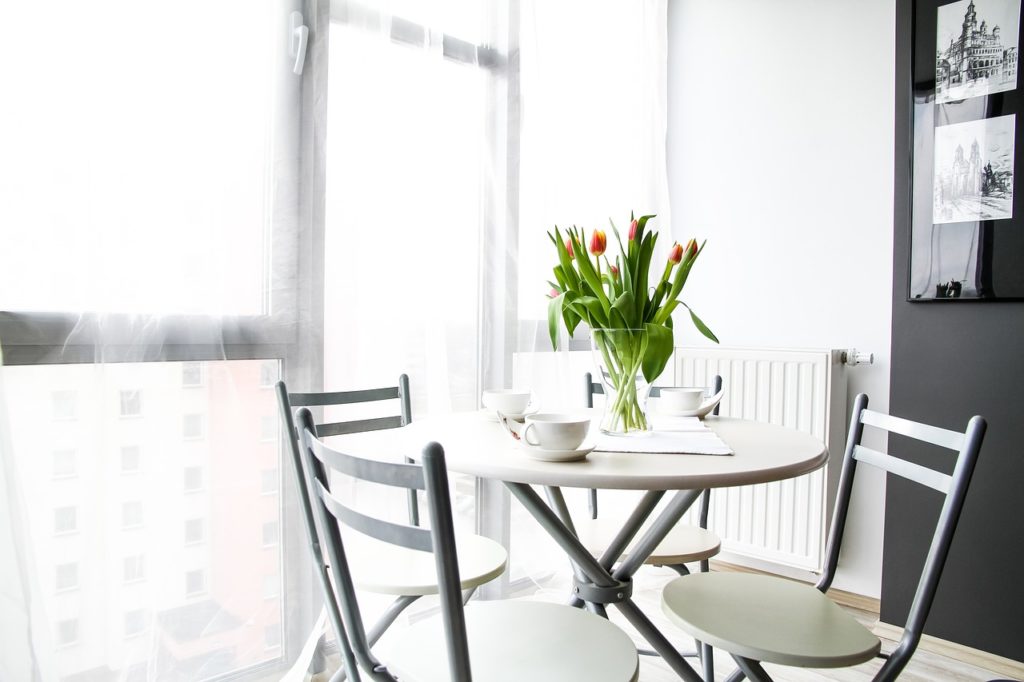Nestled between the waves and lush scenery, Japan’s coastal homes provide a unique window into the art of living among the surroundings. Each home tells a story of past and present, domesticity, and the territory in which it lies. Whether standing on rock cliffs or adjacent to sparkling sands, these homes are emblematic of culture and spirit, just like Kathy Muneno’s story. But how did kathy muneno age? While on this adventure uncovering Japan’s hidden gems, be ready to vary the architectural narrative to realize the notion of history and innovation. From semi-rural beachfront houses to gorgeous, relaxing spots at the edge of cliffs, these homes feature architectural jewels that create nostalgia and a dream for coastal living in Japan. Come aboard as we learn what it is that makes these island homes so unique.
Why Japan’s Coastal Homes Are So Unique
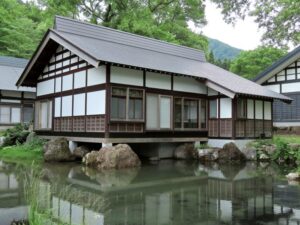 Japan’s coastal homes are distinctive due to their profound connection with the environment. Architecturally, they perfectly blend with the landscape, often utilizing local materials that reflect nature’s colors. Many of these homes feature sliding doors and expansive windows. This design allows natural light and stunning ocean views to flood in while fostering a smooth indoor-outdoor flow. Cultural influences are also significant. Traditional Japanese aesthetics prioritize simplicity and tranquility, which is evident in coastal designs.
Japan’s coastal homes are distinctive due to their profound connection with the environment. Architecturally, they perfectly blend with the landscape, often utilizing local materials that reflect nature’s colors. Many of these homes feature sliding doors and expansive windows. This design allows natural light and stunning ocean views to flood in while fostering a smooth indoor-outdoor flow. Cultural influences are also significant. Traditional Japanese aesthetics prioritize simplicity and tranquility, which is evident in coastal designs.
Features like tatami mats and shoji screens contribute to this peaceful ambiance. The outcome? Coastal homes that serve not just as residences but as reflections of a lasting appreciation for nature and heritage.
Exploring Japan’s Best Island Homes
Japan’s islands showcase a breathtaking array of coastal homes. Each one tells its own tale, shaped by the surrounding nature and culture. Picture stepping into a beachfront villa on Okinawa. The turquoise waves gently lap your doorstep while palm trees sway in the breeze. Now, let’s take a closer look at the cliffside retreat on Sado Island. Here, architecture harmonizes with rugged terrain, creating an intimate connection between inside and outside. Large windows frame sweeping vistas of the sea below, making every moment feel like art.
The Perfect Blend of Old and New in Japanese Island Homes
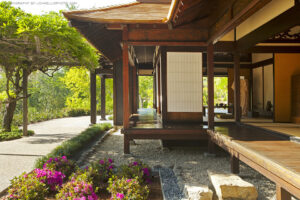 Japanese island homes reflect a beautiful harmony between tradition and modernity. You’ll find traditional wooden structures seamlessly integrated with contemporary design elements. Shoji screens often grace interiors, allowing natural light to filter softly through paper panels. This timeless feature enhances the connection to nature while maintaining privacy. Modern amenities blend effortlessly within all of these historic spaces.
Japanese island homes reflect a beautiful harmony between tradition and modernity. You’ll find traditional wooden structures seamlessly integrated with contemporary design elements. Shoji screens often grace interiors, allowing natural light to filter softly through paper panels. This timeless feature enhances the connection to nature while maintaining privacy. Modern amenities blend effortlessly within all of these historic spaces.
Sleek kitchens equipped with cutting-edge appliances coexist alongside tatami rooms that evoke an age-old charm. Outdoor areas are designed for relaxation and contemplation. Decks overlooking the ocean provide stunning views, inviting tranquility into daily life.
How Japanese Homes Maximize Small Spaces with Big Views
Japanese homes are masters of space efficiency. They elegantly combine minimalism with functionality, making every square foot count. Large windows are a hallmark feature. These not only invite natural light but also frame stunning views of the surrounding landscapes. Sliding doors and multifunctional furniture further enhance this concept. Rooms can transform seamlessly to accommodate different activities without feeling cramped. Outdoor spaces often blend into living areas through well-crafted terraces and balconies. This connection fosters a sense of harmony between nature and home life.
Wrapping Up
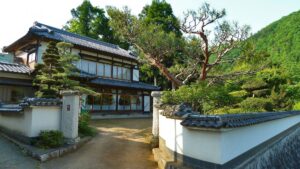 From charming beachfront villas to stunning cliffside retreats, each home tells its own story while seamlessly blending tradition with modernity. The attention to detail in these spaces reflects a deep appreciation for craftsmanship and design. Discovering the hidden gems along Japan’s coast can be the thrill of your life. Each home allows you to think about life alternatives—life is destined to be livable in tranquility and beauty with a cultural experience distinctly Japanese.…
From charming beachfront villas to stunning cliffside retreats, each home tells its own story while seamlessly blending tradition with modernity. The attention to detail in these spaces reflects a deep appreciation for craftsmanship and design. Discovering the hidden gems along Japan’s coast can be the thrill of your life. Each home allows you to think about life alternatives—life is destined to be livable in tranquility and beauty with a cultural experience distinctly Japanese.…

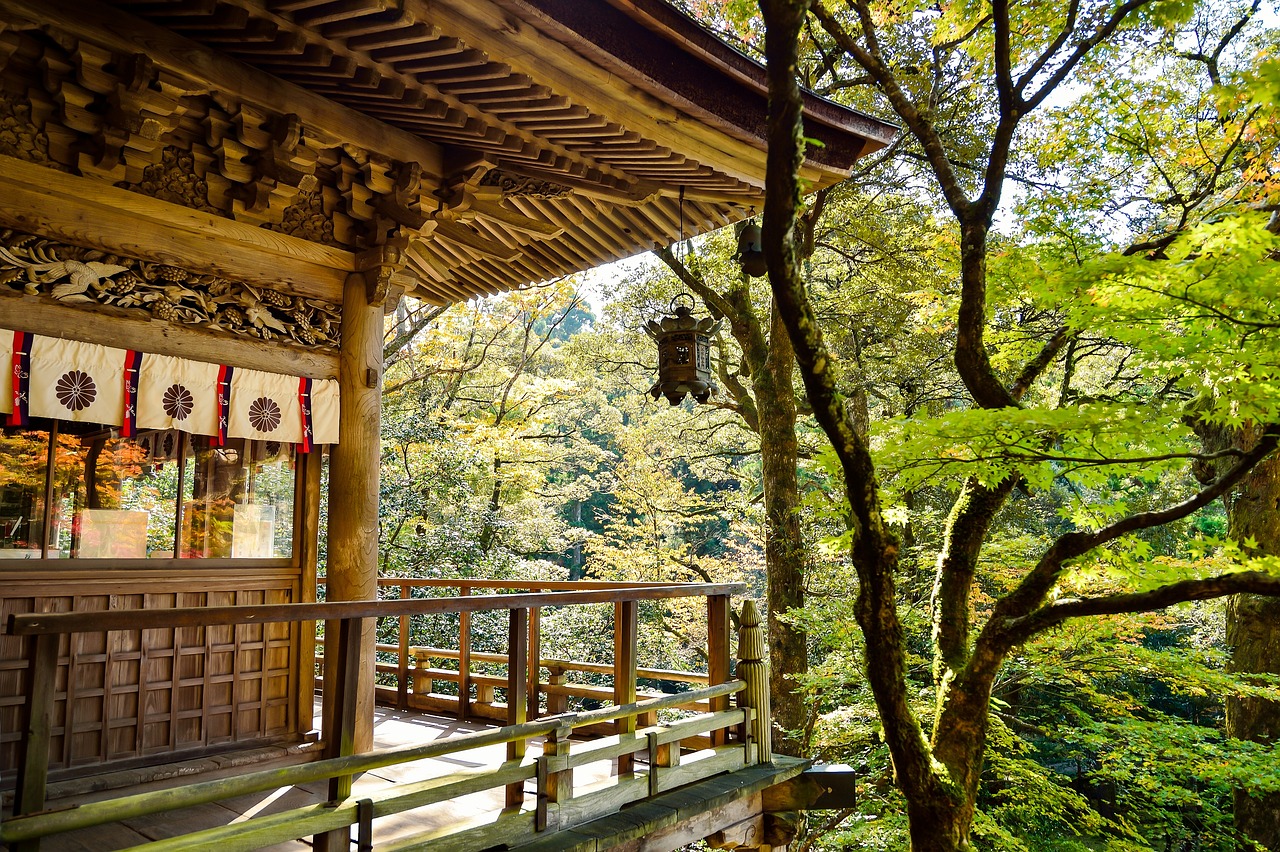











 Low Maintenance
Low Maintenance Convenience
Convenience Cost-Effectiveness
Cost-Effectiveness The paint on the walls, especially those on the outside, is bound to fade away. Ideally, the need to repaint a wall is often informed by a variety of factors. House painters in Brisbane recommend repainting after every three to seven years. Hiring a painter might not be a top priority but is undoubtedly essential when the signs of wear become apparent. That said, here are among the main reasons given by homeowners repainting their homes.
The paint on the walls, especially those on the outside, is bound to fade away. Ideally, the need to repaint a wall is often informed by a variety of factors. House painters in Brisbane recommend repainting after every three to seven years. Hiring a painter might not be a top priority but is undoubtedly essential when the signs of wear become apparent. That said, here are among the main reasons given by homeowners repainting their homes. To Change Appearance
To Change Appearance To Protect the Walls
To Protect the Walls
 One of the factors you need to consider when hiring a roofing contractor is conducting thorough research. When you spare your time to research, you will know other factors to help you make the right choice depending on your needs.
One of the factors you need to consider when hiring a roofing contractor is conducting thorough research. When you spare your time to research, you will know other factors to help you make the right choice depending on your needs. Before you make a move, it is advisable to take your time and check on the insurance of the roofer you intend to hire. In other words, you need to work with insured roofing contractors who can suit your needs. Before making any choice, take your time and ask for the intended roofers to offer their licenses. Ensure you only hire insured roofers.
Before you make a move, it is advisable to take your time and check on the insurance of the roofer you intend to hire. In other words, you need to work with insured roofing contractors who can suit your needs. Before making any choice, take your time and ask for the intended roofers to offer their licenses. Ensure you only hire insured roofers.
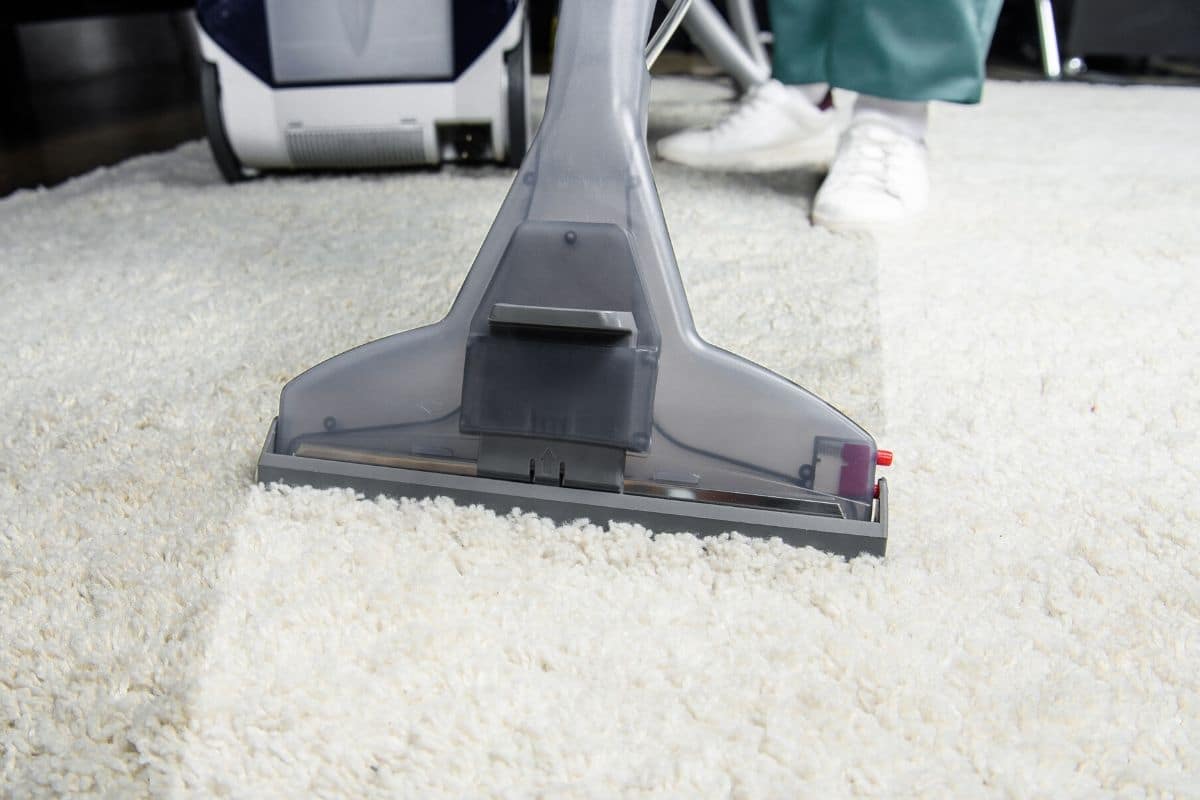

 Removing junk tends to be a challenging task that requires a lot of time and effort without the tools necessary. We tend to live busy lives, and no one tends to have enough time in their hands to clear the junk. Hiring a junk removal company is quite convenient for you or your business. Professional junk removal companies tend to have all the equipment needed to ease the process of removing junk. No matter the type of garbage or size, they will have no problem as they are specialized in the service, and their trucks are highly advanced.
Removing junk tends to be a challenging task that requires a lot of time and effort without the tools necessary. We tend to live busy lives, and no one tends to have enough time in their hands to clear the junk. Hiring a junk removal company is quite convenient for you or your business. Professional junk removal companies tend to have all the equipment needed to ease the process of removing junk. No matter the type of garbage or size, they will have no problem as they are specialized in the service, and their trucks are highly advanced. Most people are educated on the importance of conserving the environment. It is no surprise that keeping waste and letting the pile accumulate is bad for the environment. It may end up polluting the environment in several ways and will make the place unhygienic.
Most people are educated on the importance of conserving the environment. It is no surprise that keeping waste and letting the pile accumulate is bad for the environment. It may end up polluting the environment in several ways and will make the place unhygienic.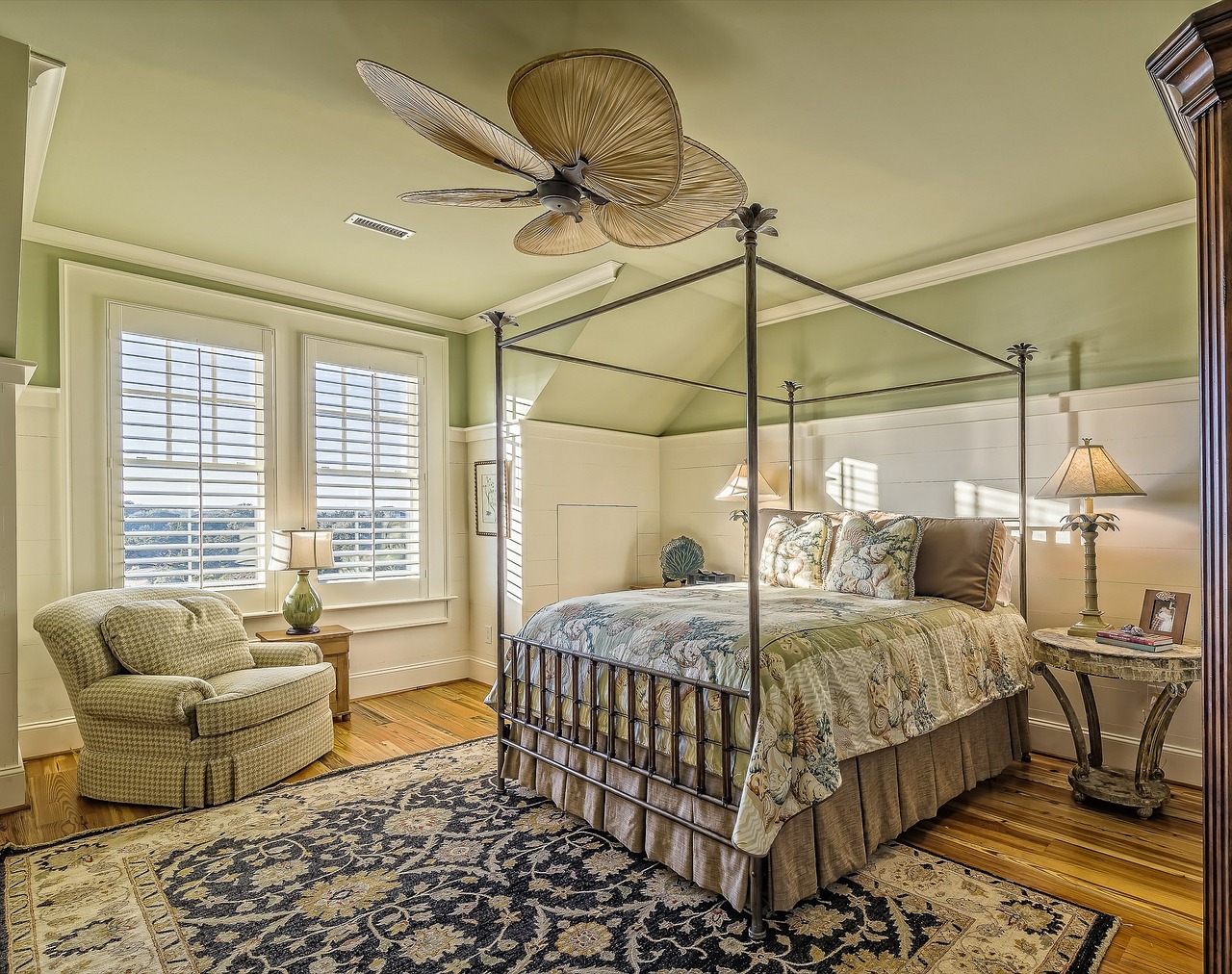
 It is important to set aside a considerable amount to carry out your intended project because your budget drives most designers. Also, never forget to check the average cost of the required materials and labor cost before selecting the cheapest interior design company. It helps to determine the quality services they are likely to offer. Never be swayed away with the lowest quotes. Cheap is not always the best option.
It is important to set aside a considerable amount to carry out your intended project because your budget drives most designers. Also, never forget to check the average cost of the required materials and labor cost before selecting the cheapest interior design company. It helps to determine the quality services they are likely to offer. Never be swayed away with the lowest quotes. Cheap is not always the best option.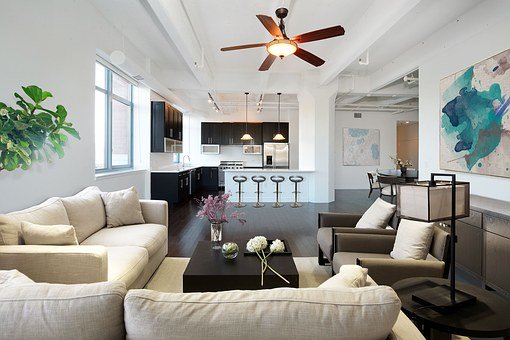





 One of the vital decisions you will make that will determine the outcome of your custom home construction is which home builder to hire. Numerous home builders market themselves as the best, but they offer less than satisfactory services. You, therefore, cannot rely on the marketing that you see when choosing home builders. Some of the top considerations that you should make to help you make the right choice are highlighted below.
One of the vital decisions you will make that will determine the outcome of your custom home construction is which home builder to hire. Numerous home builders market themselves as the best, but they offer less than satisfactory services. You, therefore, cannot rely on the marketing that you see when choosing home builders. Some of the top considerations that you should make to help you make the right choice are highlighted below.
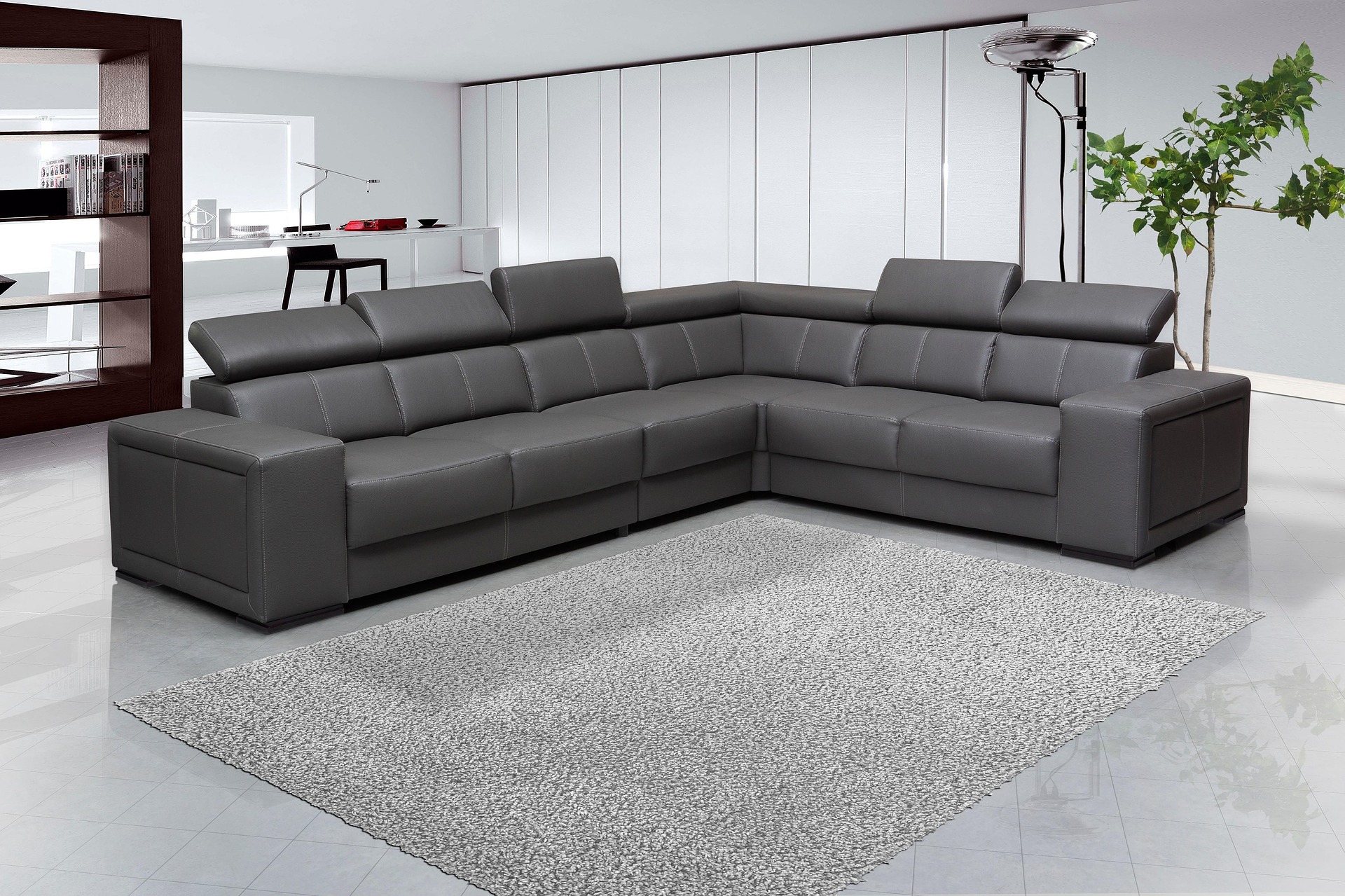
 Highly Resistant to Damage
Highly Resistant to Damage Safe and Washable
Safe and Washable

 Be Well-Prepared for the Negotiations
Be Well-Prepared for the Negotiations

 Saves Your Money
Saves Your Money



